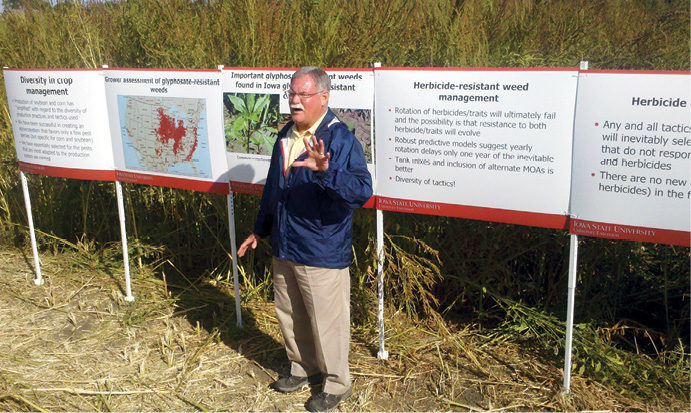No-Till Farmer
Get full access NOW to the most comprehensive, powerful and easy-to-use online resource for no-tillage practices. Just one good idea will pay for your subscription hundreds of times over.

When New Market, Iowa, farmer Kelly Tobin began no-tilling in 1979, he relied on atrazine for corn and 2,4-D for soybeans.
“It was 75% to 80% effective, if you got the herbicide applied on time, before planting the crops,” Tobin says. “Then, no-till involved a lot of trial and error, including weed control.”
He began no-tilling after seeing a number of farmers in his area make the change. His son, James Tobin, who was then the Iowa State University Extension agent in Adair County, put him in touch with farmers in that county’s no-till demonstration project.
“My Dad has always been an innovator and he came up from our farm — about 60 miles away — to see what no-tillers were doing in Adair County,” says James Tobin, who now is the Industry Affairs Lead for Monsanto. “Back then, most of the no-till was in corn and Roundup cost about $80 a gallon, or $20 an acre. Meanwhile, Paraquat cost about $10 per acre and you could put some atrazine in it.”
In the decades leading up to the advent of Roundup Ready soybeans in 1996, no-tillers struggled to find effective and economical weed control.
When Dan Towery says he has firsthand knowledge of no-till weed control 31 years ago, he means it quite literally. In 1980, Towery worked for the USDA’s Soil Conservation Service near Champaign, Ill. On the weekends, he made extra money by chopping weeds out of soybeans with a hook.
Well into the…